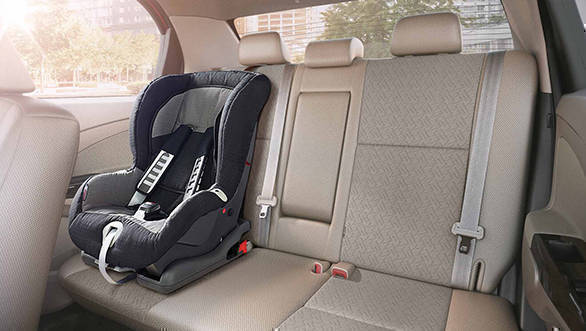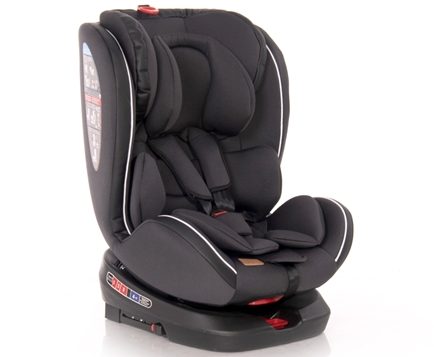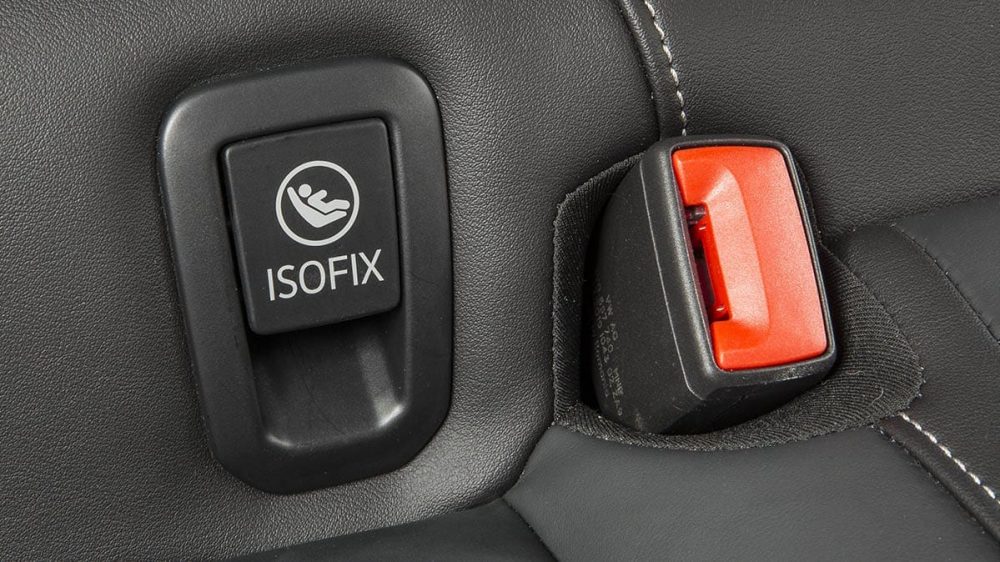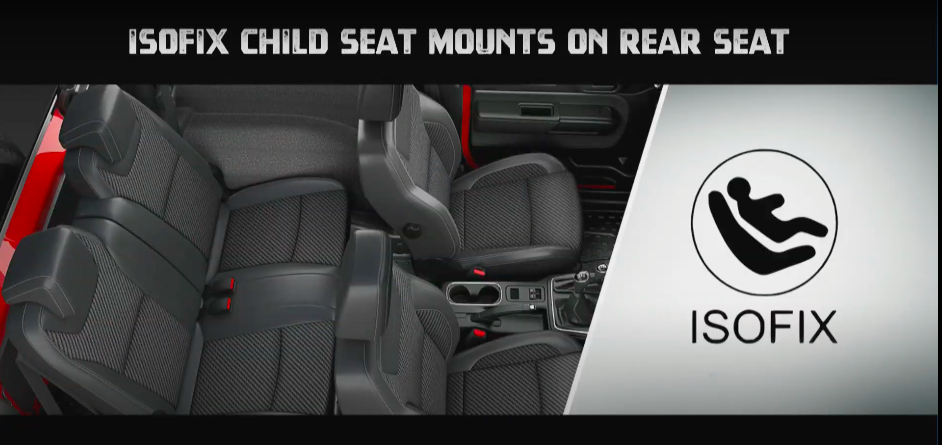There has recently been a lot of buzz around safety in a car with people actually taking NCAP rating seriously. This made people switch from unsafe cars to robustly built cars. But there is still a very important aspect to this whole safety spectrum that we ignore, that is child safety.

We usually see Indians making their children sit on their laps while driving a two-wheeler and even in a car this is never a concern. Well, guys wake up! Keep your loved ones safe.
Child seats which are not at all popular among Indians are very important in terms of safety and convenience as normal three-point seat belts are only suitable for adults.
So, let’s give you a little glimpse of what ISOFIX seats beholds.
What are ISOFIX seats?

ISOFIX seats are essentially the standardized child bucket seat for children. Also, these seats can be attached to the ISOFIX child seat anchors and can also be easily detached.
Back in 1997, these bucket seats were developed by a seat maker Britax-Roemer in collaboration with Volkswagen. And it wasn’t until 2006 that these child seats were maintained in almost all the cars in the international market. But Still, these child seats were nowhere to be seen in the India market.
What are the types?
There are a number of different ISOFIX seats available based on the size of the child and also the quality.
There are separate categories ISOFIX child seats are categorised based on a child’s age, height and weight. The United Nations standard ECE R44/04 has listed four groups- 0, 1,2 and 3. The first group is for infants up to 15 months or up to 10 kg. These seats are rearward facing which prevents head movements during rapid deceleration.
- Group 1 seats are mostly rearward-facing, too, while front-facing is also legal. It applies to children from 9 months to 4 years and weighing 9 to 18 kgs.
- Group 2 seat is larger than a Group 1 seat and is suitable for children between ages 4 and 6 and those who weigh between 15 to 25 kg.
- Group 3 seats are also called Booster seats for children who fall between the age bracket of 4 to 10 years. The weight limit ranges from 22 to 36 kgs. Also, these seats can be used if the child is over 10 years old but does not weigh over 10 kg.
These seats are forward-facing and useful to keep the child in a secure position using an adult seatbelt. Booster seats are recommended for children until they are big enough to use a seatbelt.
Child seats, just like a motorcycle helmets, are rendered useless after an accident. This is irrespective of whether the child is in the seat or not. Child seats are usually tested for use in the event of a single crash only, and there’s uncertainty about how the restraints would perform in a subsequent crash. Owners should replace the child seat in case the car meets with an accident.
The favourite question of Indians: How much is it gonna cost?
There are several online sites that retail in ISOFIX seats. You can also source one from a baby store. Prices hover around Rs 30,000 plus mark for ISOFIX child seats by international brands such as Maxi-Cosi.
ISOFIX Mounting

Once you’ve ascertained the right child seat for your kid, fitting it to your car’s ISOFIX points is pretty simple. Firstly, locate the ISOFIX points in your car. This can be done by going through the owner’s manual or looking for the ISOFIX label on the rear seats.
In Toyota, the ISOFIX points are marked in black and located at the base of the second row of seats.
The ISOFIX connectors are two prongs at the back of the child seat or its base. Push these connectors into the ISOFIX slots on the car’s seats till you hear an audible click. These days, child seats also come with colour indicators (usually a red band that turns to green) that confirm the safe installation.
Next, attach the top-tethering belt to the designated top-tethering point in your car. Usually, some indicators depict if the tether is secured correctly. Do not use head restraints or a luggage hook to tether the seat, as these are unable to withstand the forces generated during a crash.
ISOFIX Seats In Indian Cars

The ISOFIX system isn’t considered a necessity in our vehicles, as with most safety systems. While many luxury cars in India get ISOFIX seats, we are slowly witnessing these seats in mid-size cars too. As an example, Toyota India has introduced ISOFIX seats as standard on all variants of the 2016 Etios Platinum. ISOFIX seats aren’t available in many cars at the same price.
No mandate by the Government directs car makers to offer them as standard equipment. However, as ABS is about to feature as standard in all cars sold in India, we hope to see the Government make ISOFIX seats mandatory in all cars at the earliest. Yes, our road accident-related fatality rate is alarming, and it’s about time measures are put in place to reduce this number drastically.
Check this out to know more- The History Of Seatbelts | Its Time To Buckle Up!
Keep yourself updated with the latest news- It’s Here! Hyundai Alcazar Listed On The Official Website





